10 Longest Animal Gestation Periods
“Exploring Longest Animal Gestation Periods”:
- Animal gestation periods vary across species.
- Some mammals carry offspring for extended periods.
- Most animals have short pregnancies.
- Some species, especially in oceans and land, have extended gestation periods.
- Explores reproductive strategies of these creatures.
Horse (Equus ferus caballus)
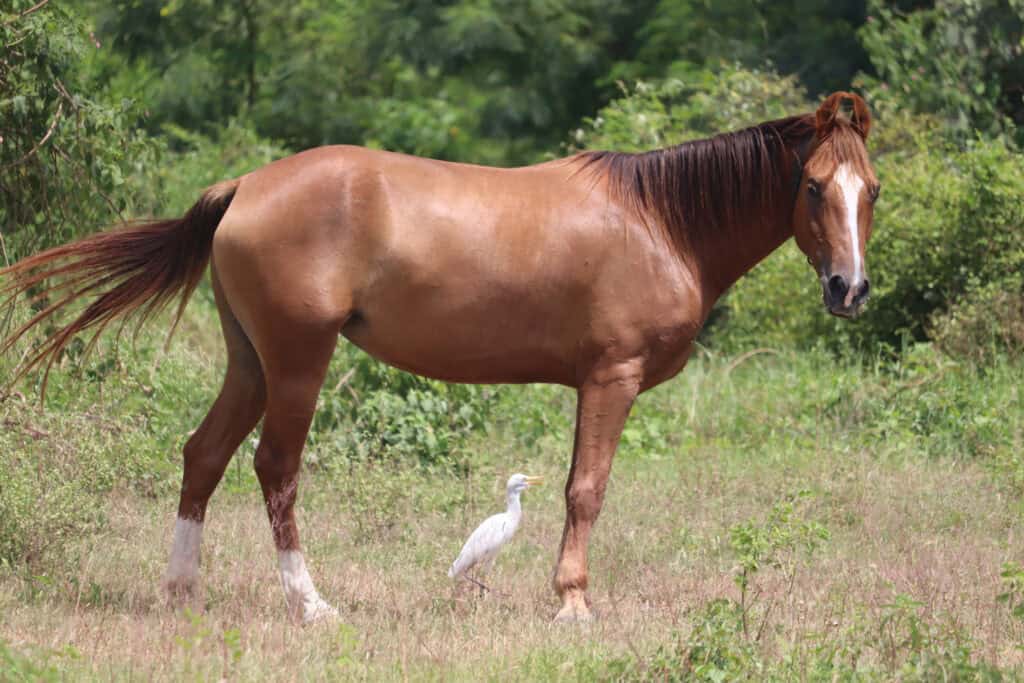
Horse Gestation and Foal Development:
- Horses have a gestation period of approximately 11 months, allowing foal development and growth.
- Foals are born in advanced stages, able to stand and run within hours.
- Newborn foals typically weigh around 100 pounds, with weight variations depending on breed.
- Pregnant mares typically give birth in spring, benefiting the foal from the natural environment.
- Mother’s health and nutrition are crucial for foal development.
- “Foal heat” occurs, allowing for potential second pregnancy.
Blue Whale (Balaenoptera musculus)
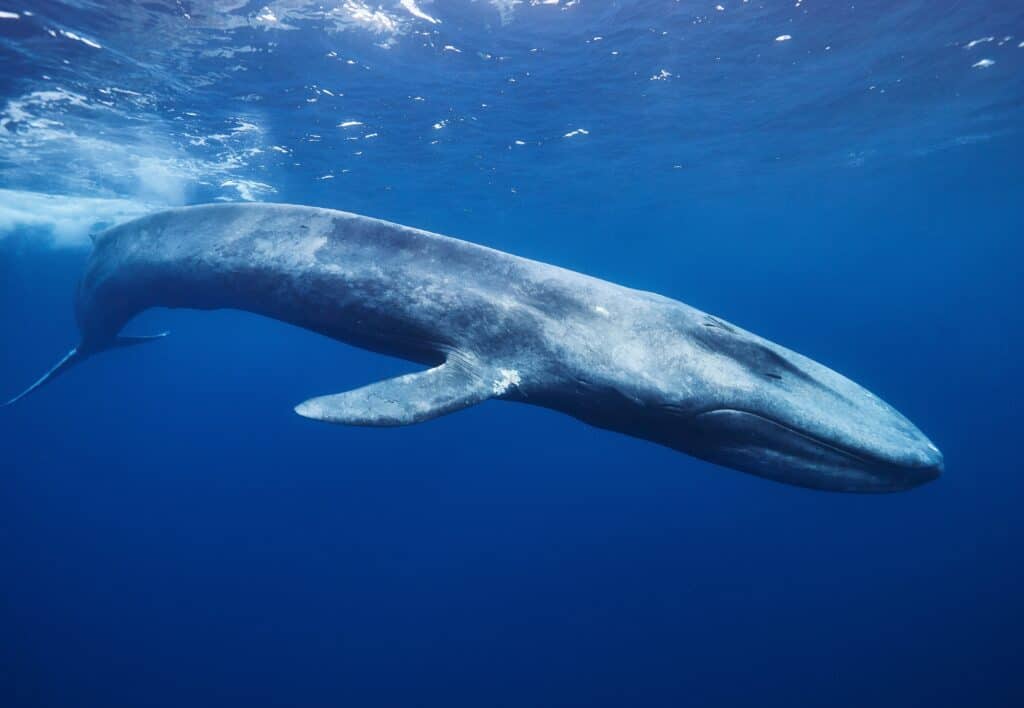
Blue Whale Gestation and Reproduction:
- Blue whales, the largest animal, have a gestation period of 10-12 months.
- They give birth to one calf at a time, weighing up to 3 tons and measuring 23 feet.
- The long gestation period allows the fetus to develop into a strong, large calf.
- After birth, the calf gains weight rapidly from its mother’s milk.
- The long gestation period allows the calf to develop a thick layer of fat for survival in colder waters.
- Despite their lifespan, they only give birth every two to three years, resulting in a relatively slow reproductive rate.
Camel (Camelus dromedarius)
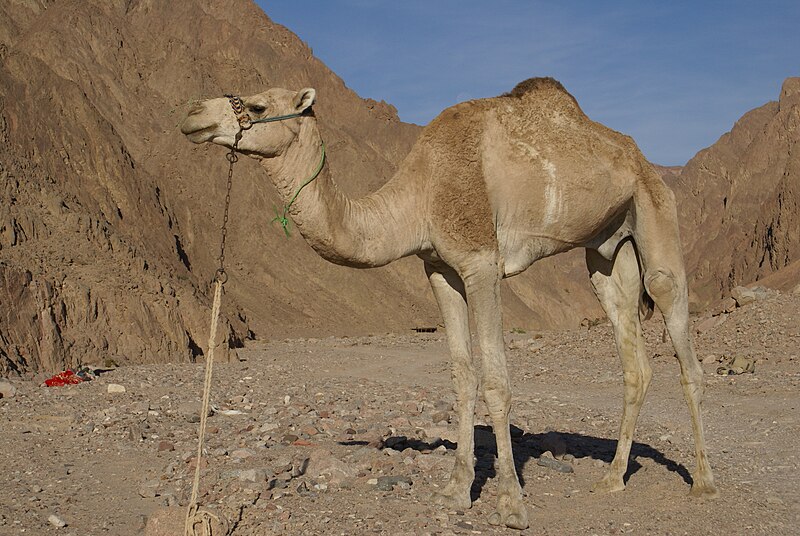
Camel Gestation and Survival:
- Camels, especially dromedary species, have a 13-month gestation period, ensuring calf strength for harsh desert conditions.
- Calves are born in cooler months, with the mother providing high-fat, protein milk.
- Calves weigh 30-40 pounds and can stand and walk shortly after birth.
- The long gestation period is crucial for calf survival in extreme conditions.
- Camels typically give birth to a single calf, with twins rare.
- Pregnant camels conserve water, retaining moisture for both mother and calf.
Manatee (Trichechus)
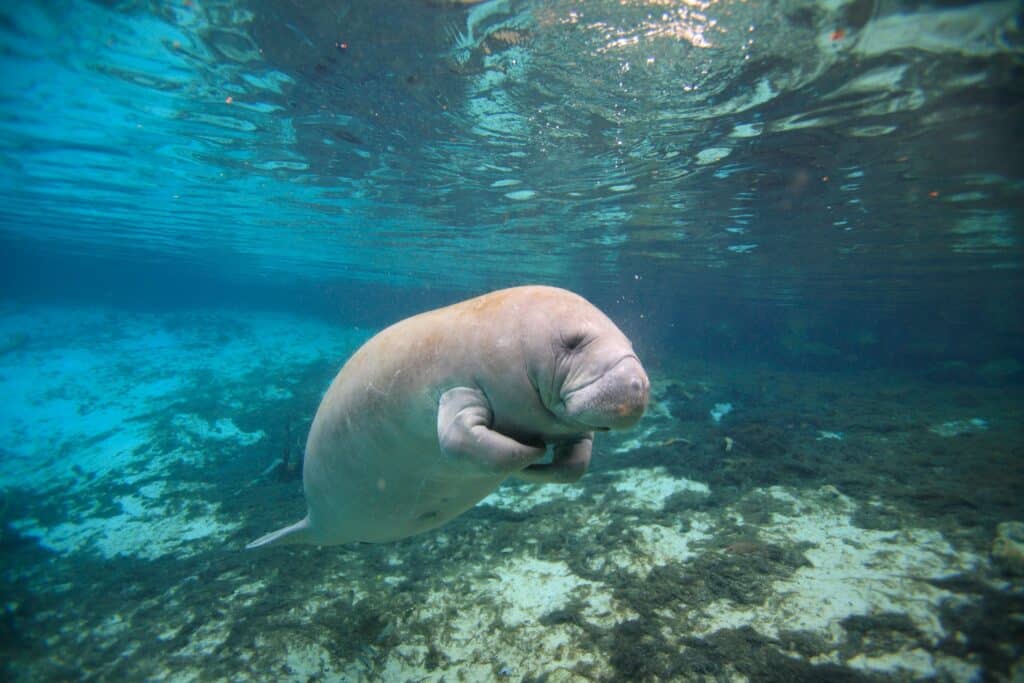
Manatees: A Marine Mammal’s Survival
- Manatees, also known as sea cows, have a long gestation period of 12 to 14 months.
- Their pregnancies are crucial for survival due to their slow-growing nature.
- Calves, born weighing 60-70 pounds, rely on their mother’s milk for the first year.
- Strong bonds form between mothers and calves, with the mother guiding the calf through its early stages.
- Manatees have a long life expectancy and tail-first birth to prevent drowning.
- Some regions may have shorter gestation periods due to warmer water temperatures.
- Longer pregnancies observed when food is abundant.
Giraffe (Giraffa camelopardalis)
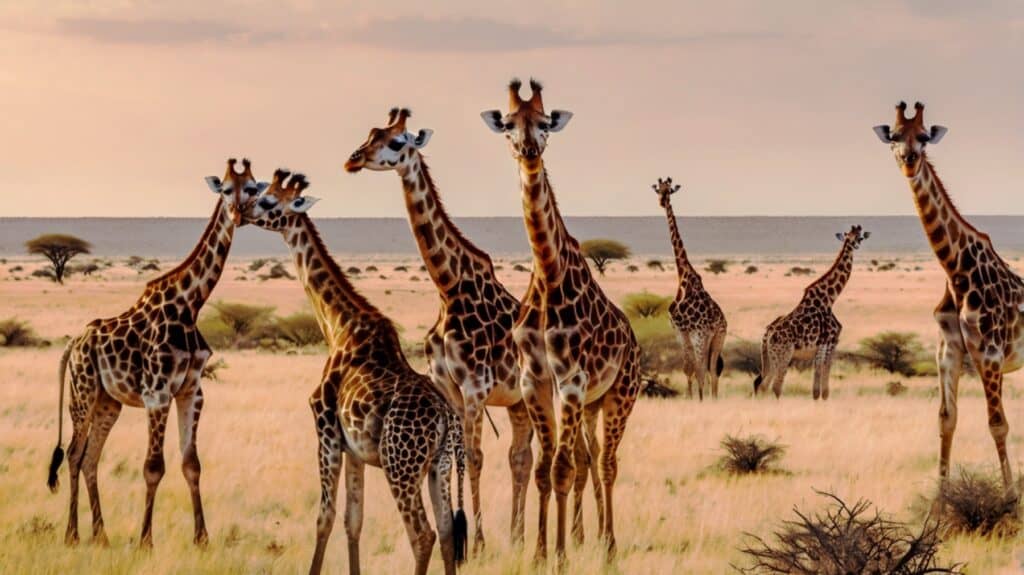
Giraffe Gestation and Predation:
- Giraffes have a long gestation period of 15 months, ensuring their calf’s development for survival in the wild.
- Newborn calves are 6 feet tall and weigh 100-150 pounds.
- They typically give birth to a single calf at a time, raised by the mother alone.
- The gestation period allows the fetus to navigate tall grasses and trees.
- Giraffes have few natural predators, with lions being the most common threat.
- Gestation periods can vary based on environmental conditions and the mother’s health.
Rhinoceros (Rhinocerotidae)
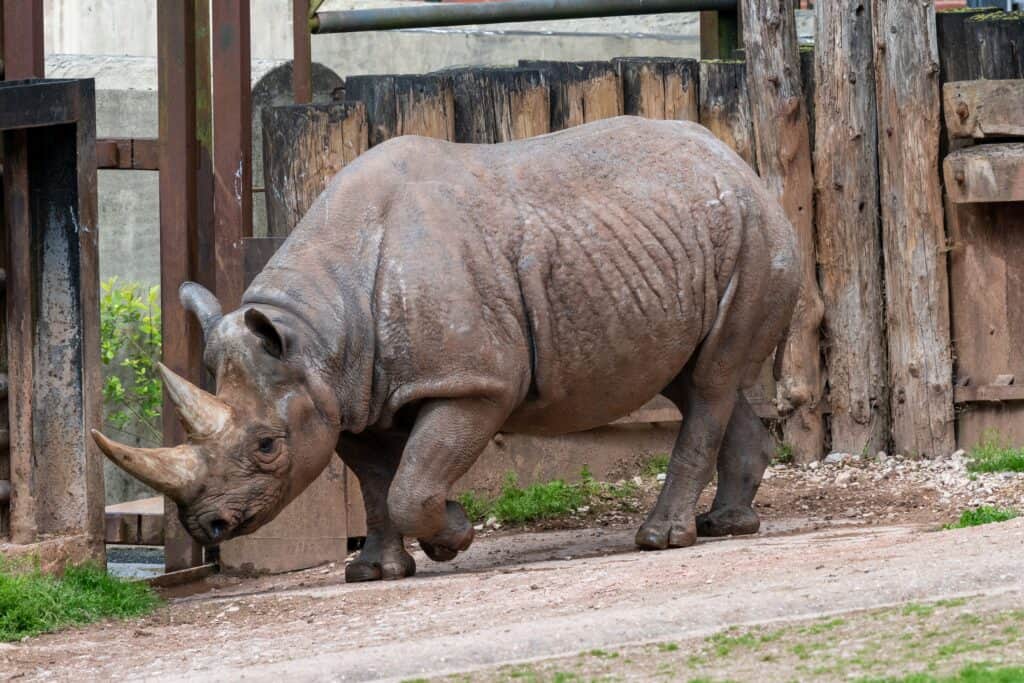
Rhinocerose Pregnancy and Environment:
- Rhinoceroses have a lengthy gestation period, lasting 15-16 months.
- The extended pregnancy aids in calf development for survival in the wild.
- Most give birth to a single calf, weighing 40-100 pounds.
- Calves are born with open eyes and can stand within hours.
- The mother stays with the calf for 2 to 3 years, teaching survival skills and protection.
- Early years are heavily dependent on the mother, ensuring young resilience in harsh environments.
- Pregnancy duration can be influenced by environment and diet.
Walrus (Odobenus rosmarus)
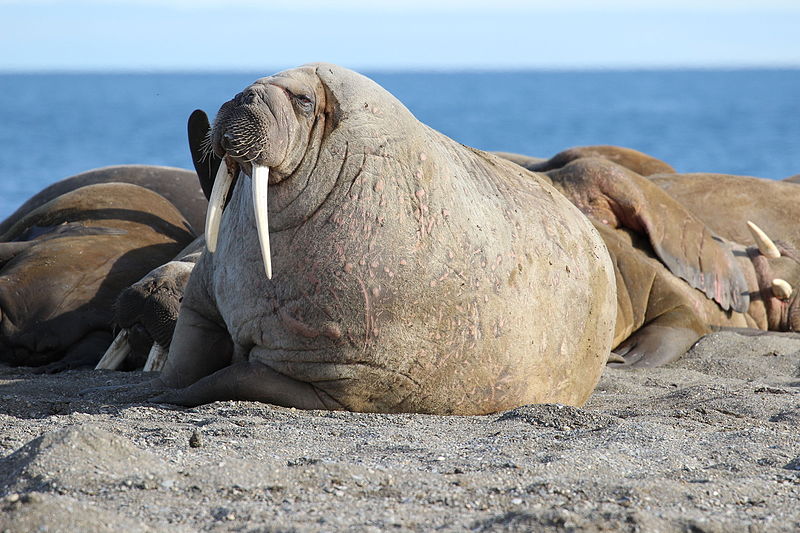
Walrus Gestation and Survival:
- Walruses have a long gestation period of 15-16 months, one of the longest among pinnipeds.
- Female walruses give birth to a single calf in spring after a lengthy pregnancy.
- Calves are born in icy waters and rely on their mother’s milk for growth and insulation.
- At birth, calves can weigh up to 100 pounds and can swim and dive shortly after birth.
- The mother remains close to the shore for protection and support during long gestation.
- The calf stays with the mother for about two years before becoming independent.
- Walruses are primarily found in Arctic regions, with a slow reproductive rate ensuring survival.
Sperm Whale (Physeter macrocephalus)
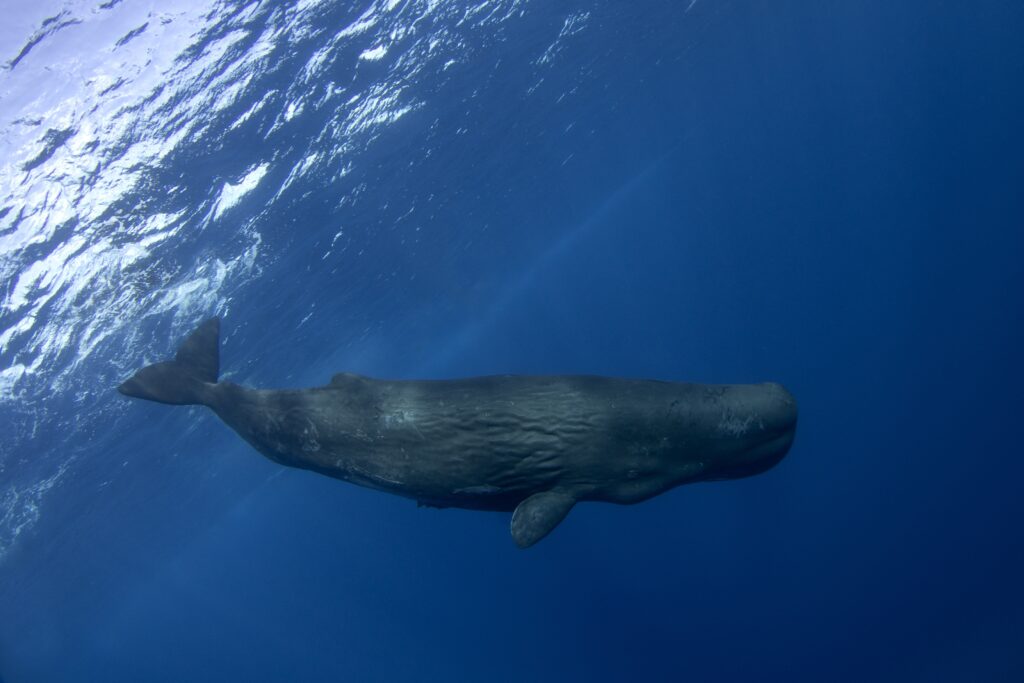
Sperm Whale Pregnancies and Development:
- Sperm whales have a 15-16 month gestation period.
- They give birth to a single, large calf, measuring 12-14 feet and weighing 1 ton.
- Pregnant females give birth in tropical or subtropical waters.
- The calf’s diet primarily consists of deep-sea squid.
- The mother and calf form a strong bond, with the calf staying close for several years.
- The birthing process is complex due to the whale’s size.
- The calf relies on the mother’s milk for the first year of life.
- Early life calfs often stay with their mothers, contributing to a close maternal bond.
- Environmental factors can influence pregnancies.
Orca Whale (Orcinus orca)
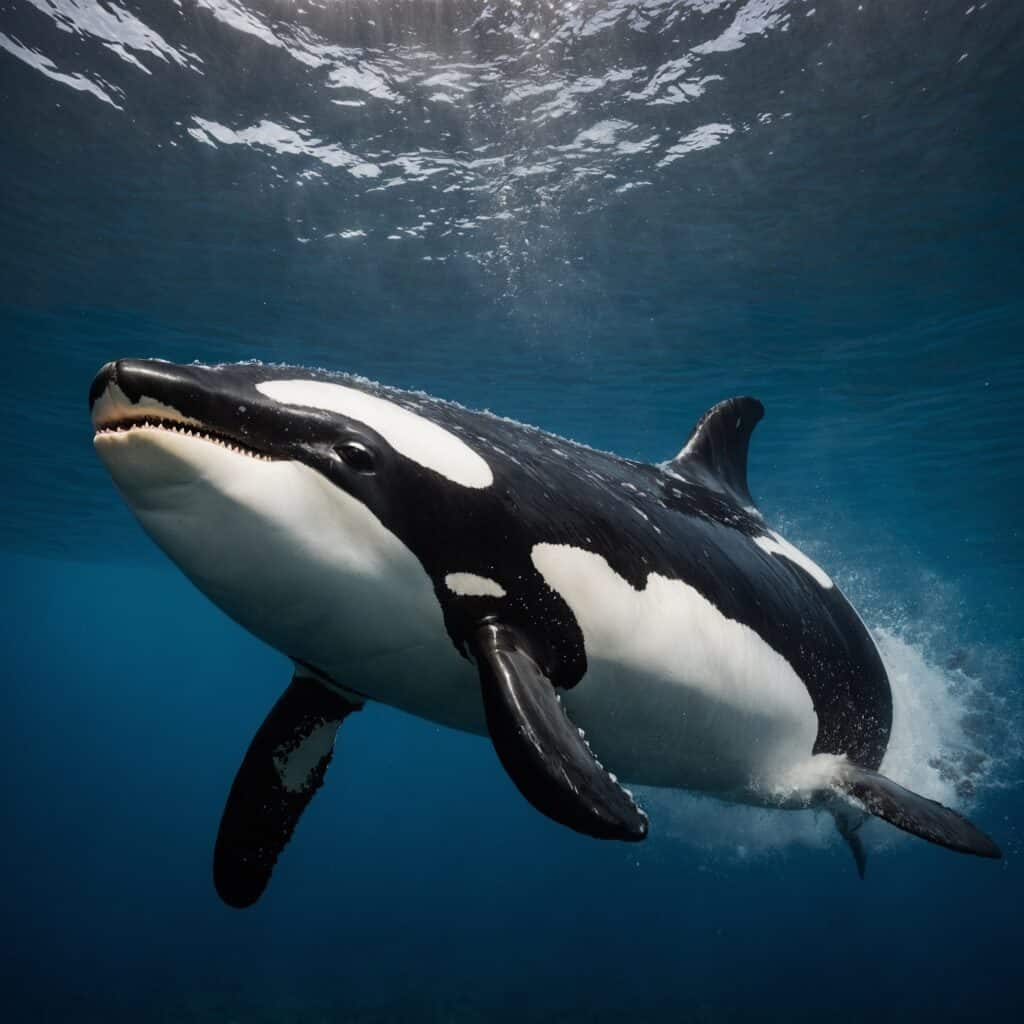
Orca Whale Gestation and Life Cycle:
- Orca whales, also known as killer whales, have a gestation period of 15-18 months.
- They give birth to a single calf with a thick blubber layer, typically in coastal waters.
- The calf’s size at birth varies, but is typically 8 feet long and weighs around 400 pounds.
- Mothers form strong social bonds with their offspring, with calves staying with them for years.
- The gestation period is influenced by food availability, with orcas primarily feeding on fish, squid, and seals.
- Orcas can live up to 90 years, with mothers often having calves into their older years.
African Elephant (Loxodonta africana)
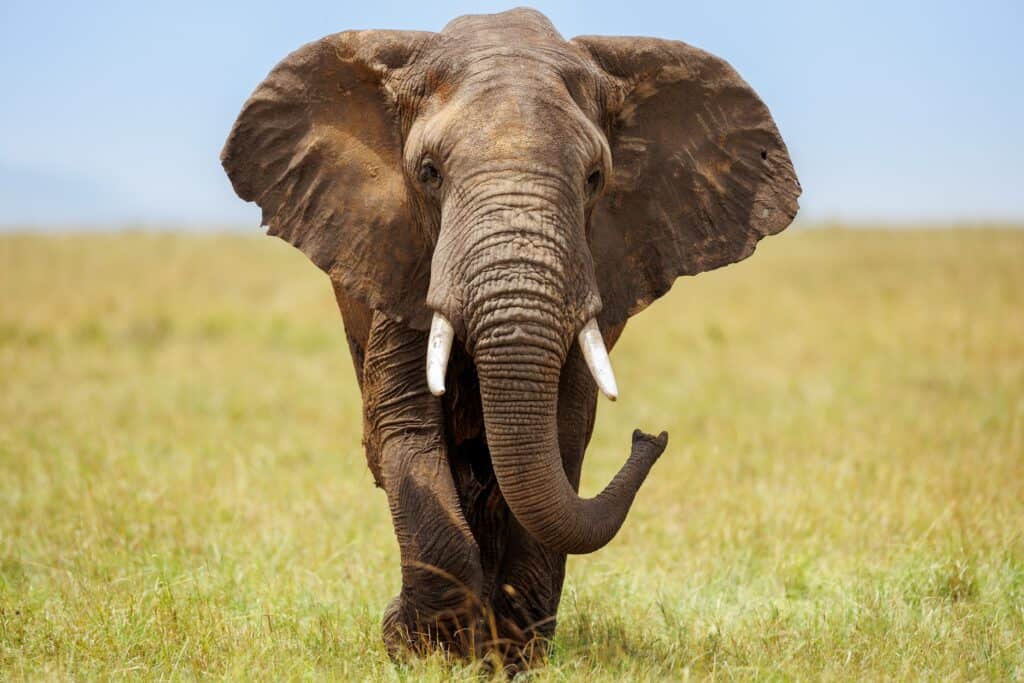
African Elephant’s Longest Gestation Period:
- African elephant has the longest gestation period of any land mammal, lasting 660 days or 22 months.
- The extended pregnancy ensures the newborn calf’s development for survival in the wild.
- Female elephants typically give birth every 4 to 6 years, ensuring the calf is well-prepared.
- The mother’s diet and environment during pregnancy are crucial.
- Newborn calves weigh around 220-250 pounds and can stand and walk shortly after birth.
- Pregnancies can vary depending on environmental factors and stress levels.
- Elephants in temperate climates experience slightly shorter gestation periods.
